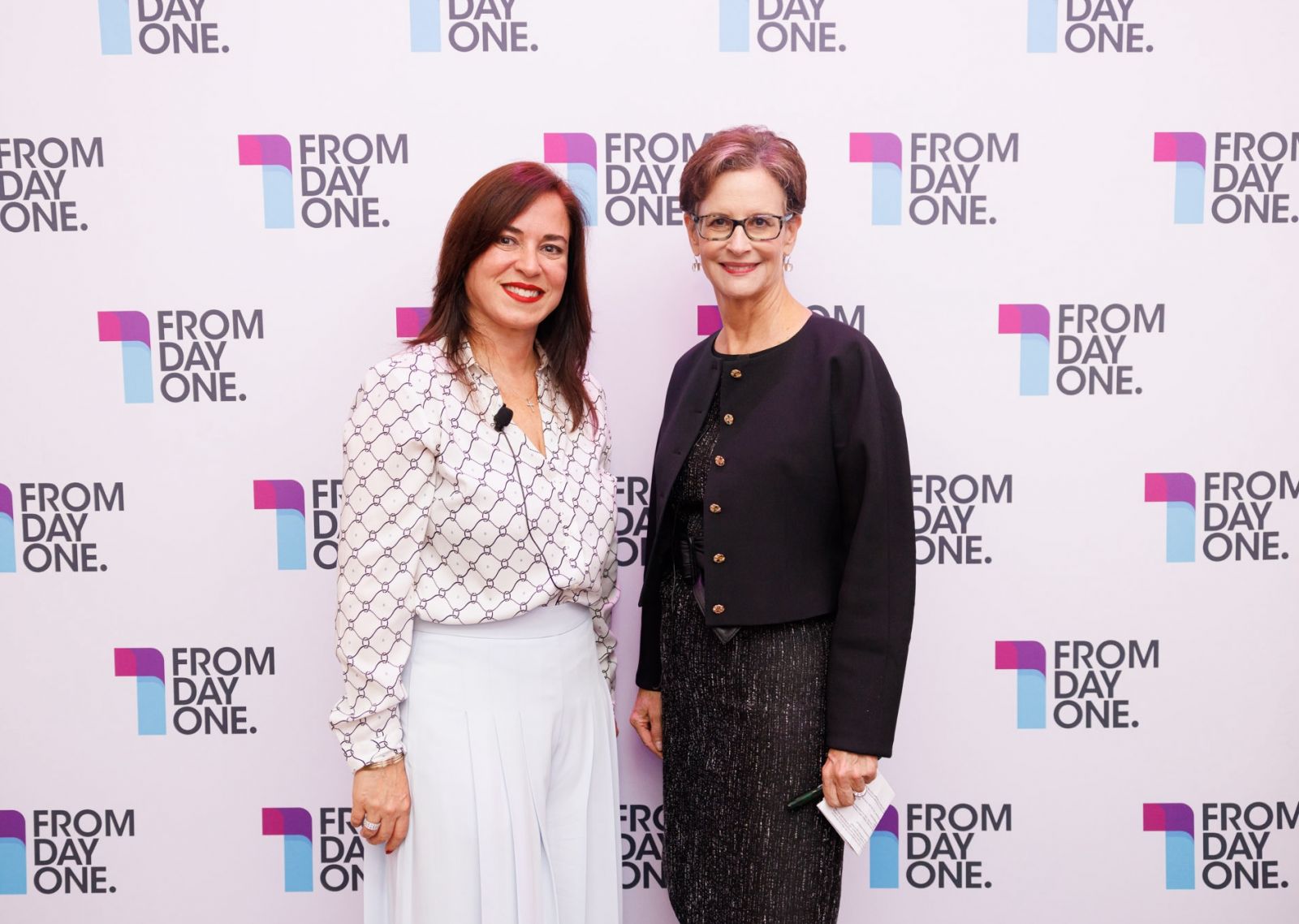Balancing Tradition and Transformation While Hiring Thousands of New Workers
Amtrak is seeing a new era of rail travel.With billions of dollars in new investments, the company has added over eight thousand employees in the past two years alone, with an expected four thousand additional workers for the rest of 2024.The rapid growth leads to an unexpected characteristic for the company: by the end of 2024, 50% of employees will have been there for less than three years.The new wave of workers ushered in requires a fresh perspective in managing, says Robert Grasty, Amtrak’s executive vice president and chief human resource officer. At From Day One’s Washington, D.C. event, Grasty spoke with moderator and Washington Post reporter, Lori Aratani, to discuss how he’s leading the new generation of employees in this age of railroad travel.Presenting Opportunity at RecruitingGrasty never thought he’d enter the transportation industry, let alone lead a major train company. The attraction, however, was the promise of an impactful career.“There’s a lot I didn't know about trains so it was an organization that I didn’t think I would ever go and work for,” Grasty said. “But when I think about the impact we’re having across the U.S., to make sure we are providing transportation and connecting with more people in more places, I became very excited.”The transportation industry can seem silo for some job seekers, but a company like Amtrak also leans on workers who can offer transferable skills across various industries. The trick to recruiting top candidates is identifying those skills needed at the right time, Grasty says.Robert Grasty, Executive Vice President, Chief Human Resource Officer of Amtrak spoke about the growth of the company“If you think about what we do, we bring a lot of different types of talent into the organization, from engineering to project managers,” he said. “We compete against companies like Google and Amazon for the same talent they’re getting from the IT perspective to all of the functional, corporate support areas.”At Amtrak, employee referrals played a large role in attracting talent to the space of transportation. Programs that reward employees for bringing talent through the door are typically more successful, with one case showing employee referrals correlated to a 30% hiring rate compared to the 7% average from alternative sources.“Through our strong referral program, we have employees who can speak on the different initiatives that have added value, not only to the railroad space but also to where we want to be and where we need to go in the future,” Grasty said.Leveraging Data to Make ChangeWhen Grasty first arrived at Amtrak, he realized the company was not utilizing the results from employee surveys to the best of its abilities.“What I noticed about employee surveys was that all the data that was in those reports was what we did and what was coming out of it never changed. The same thing we saw years ago is the same thing we’re seeing today,” Grasty said.When used correctly, data from employee surveys can tell a compelling story about workers’ experiences and can push leaders in the right direction of change. Grasty knew he needed to change Amtrak’s approach to employee surveys and leverage the data collected from the surveys to make impactful change.“We took the data that we got from all the feedback and created a strategy that aligns to what our employees are saying,” Grasty said. “We didn’t want the strategy to just be the strategy, we wanted it to connect to the people who do it every day out there on the front line.”The shift in utilizing data has been beneficial to Grasty and his team, who have seen improvement in employee engagement and synergy amongst different parts of the company.“Everyone understands the organization, where it’s going, and how we all connect and impact our company. So, for us, utilizing our data in the proper way is a big success for Amtrak,” Grasty said.Wanly Chen is a writer and poet based in New York City.





